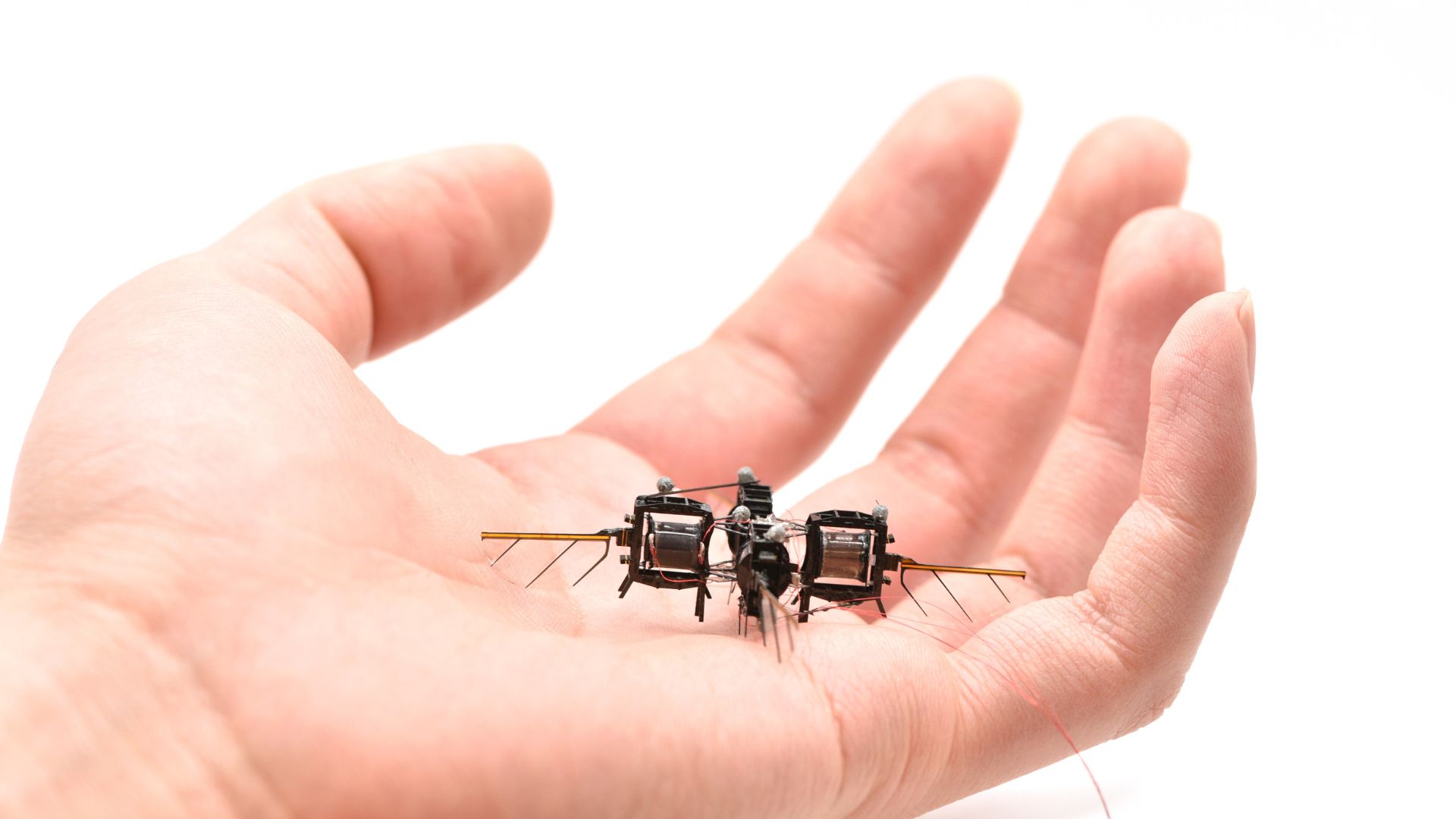Unraveling Bee Intelligence: Understanding the Neural Mechanisms Behind Their Flight Patterns











2025-07-02T09:41:00Z

In a groundbreaking study, researchers have delved deeper into the fascinating behaviors of bees, going beyond their previous exploration of flight patterns to uncover the intricate brain mechanisms that drive these behaviors. This research, conducted by a team at the University of Sheffield, aims to bridge the gap between observable actions and the neural processes that facilitate them.
Dr. HaDi MaBouDi, a prominent researcher involved in this project, reflected on the team's earlier work, stating, “In our previous work, we were fascinated to discover that bees employ a clever scanning shortcut to solve visual puzzles. But that just told us what they do; for this study, we wanted to understand how.” This shift in focus emphasizes a crucial aspect of scientific inquiry—understanding the 'how' behind observable phenomena.
The team developed a model of a bee’s brain to demonstrate that its neural circuits are optimized for processing visual information in a way that is highly interactive with its flight movements, rather than in isolation. This interaction suggests that bees do not merely react to visual stimuli passively; instead, they actively engage with their environment through flight, which enhances their ability to interpret and respond to complex visual cues. This finding supports the growing theory that intelligence results from the interplay between the brain, the body, and the surrounding environment, rather than simply being a product of brain size.
Another significant figure in the research, Professor Lars Chittka from the University of London, addressed a long-standing question that has intrigued scientists for centuries: Does brain size correlate with intelligence? Through this recent experiment, insights were gained that contribute to this discussion, potentially reshaping our understanding of animal cognition and intelligence.
This research not only pushes the boundaries of our knowledge about insect behavior but also opens new avenues for studying intelligence across different species. As scientists continue to explore the complexities of animal cognition, the findings from this study serve as a vital piece in the puzzle of how intelligence manifests in the natural world.
 Angela Thompson
Angela Thompson
Source of the news: Interesting Engineering